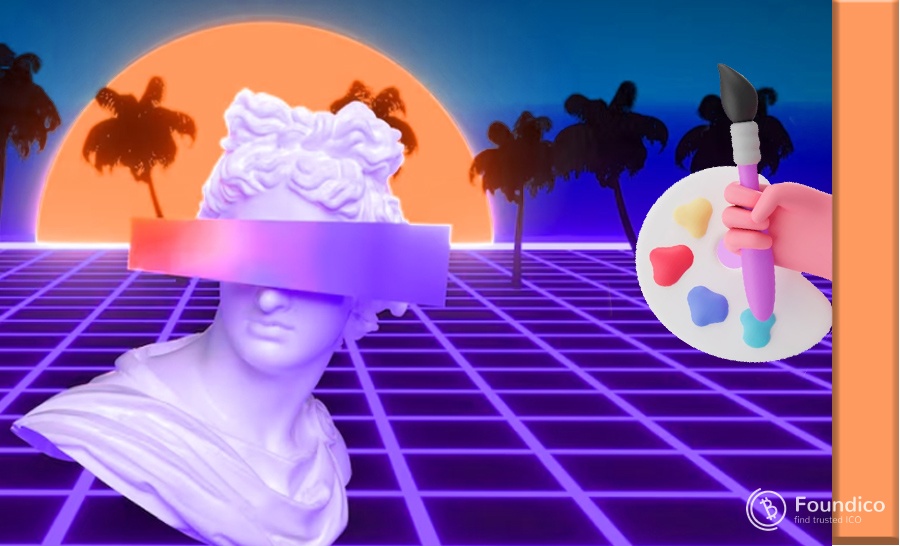The World of Art Is Being Intertwined with Artificial Intelligence

Unanswered questions about the function of creativity and the nature of art are being raised by the field of artificial intelligence (AI) and the arts, which is still in its infancy. Some claim that since AI lacks the human emotions and experiences required for authentic artistic expression, it is fundamentally incapable of producing meaningful works of art. Others claim that AI has the potential to be a potent tool for boosting creativity and generating fresh ways to express oneself. The question of whether AI is truly capable of producing meaningful works of art is explored in this article along with the potential advantages and difficulties of its use in the arts.
The capability of AI to analyze and produce enormous amounts of data and information is one of the major advantages it offers the arts. AI algorithms, for instance, can examine existing works of art to find themes and patterns that might be challenging for humans to pick up on. As a result, it may help to spark the creation of fresh works of art and offer fresh viewpoints on established genres.
Potential for more customized and interactive audience experiences is another advantage of AI in the arts. An immersive and interesting experience can be produced using AI, for instance, by using it to create interactive installations and performances that react to audience movements and actions. Through new forms of participation and collaboration, this can help to dissolve the conventional barriers between artists and audiences.
The application of AI in the arts is not without its difficulties, however, and ethical issues. One issue is the potential for AI to reinforce or magnify already-existing biases and inequalities in society, especially in relation to racial, gender, and class-related issues. For instance, if an AI algorithm is trained using data that is prejudiced against particular groups, it may create artistic works that uphold or reinforce these prejudices.
Another issue is how to strike a balance between the use of AI and the value of human expression and creativity in the arts. The role of human emotions, experiences, and perspectives in the artistic process cannot be replaced by artificial intelligence (AI), even though it can offer new tools and methods for artistic expression. In order to protect the dignity and autonomy of artists and audiences, it is crucial to make sure that the use of AI in the arts is constrained by moral and humane principles.
It is crucial to adopt a multidisciplinary and collaborative approach when developing and implementing AI in the arts in order to allay these worries. To ensure that the use of AI in the arts is guided by the values and principles of the artistic community, this includes interacting with artists, technologists, ethicists, and audiences. Additionally, it calls for a dedication to openness, responsibility, and the application of ethical frameworks to direct decision-making throughout the AI development process.
In summary, AI has the potential to revolutionize the arts by introducing fresh methods and equipment for artistic production, expression, and participation. The use of AI in the arts is not without its difficulties and ethical issues, but these can be resolved by taking a multidisciplinary and collaborative approach that puts the autonomy and dignity of artists and audiences first. Together, we can build a more active, diverse, and forward-thinking artistic scene that pushes the envelope of expression and creativity.
An Analysis by Pooyan Ghamari, Swiss Economist with Expertise in the Digital World

 Solaxy - Solaxy is the **first-ever Layer 2 solution** for Solana, combining the strengths of Solana with innovative rollup architecture to enhance speed, scalability, and reliability.
Solaxy - Solaxy is the **first-ever Layer 2 solution** for Solana, combining the strengths of Solana with innovative rollup architecture to enhance speed, scalability, and reliability.